Singapore’s low-pay incidence remains higher than OECD average despite wage growth at lower levels
30% of full-time workers in Singapore earn below two-thirds of the median wage, compared to 13% in OECD nations. However, wage growth at the 20th percentile outpaced median wage growth from 2021–2024.
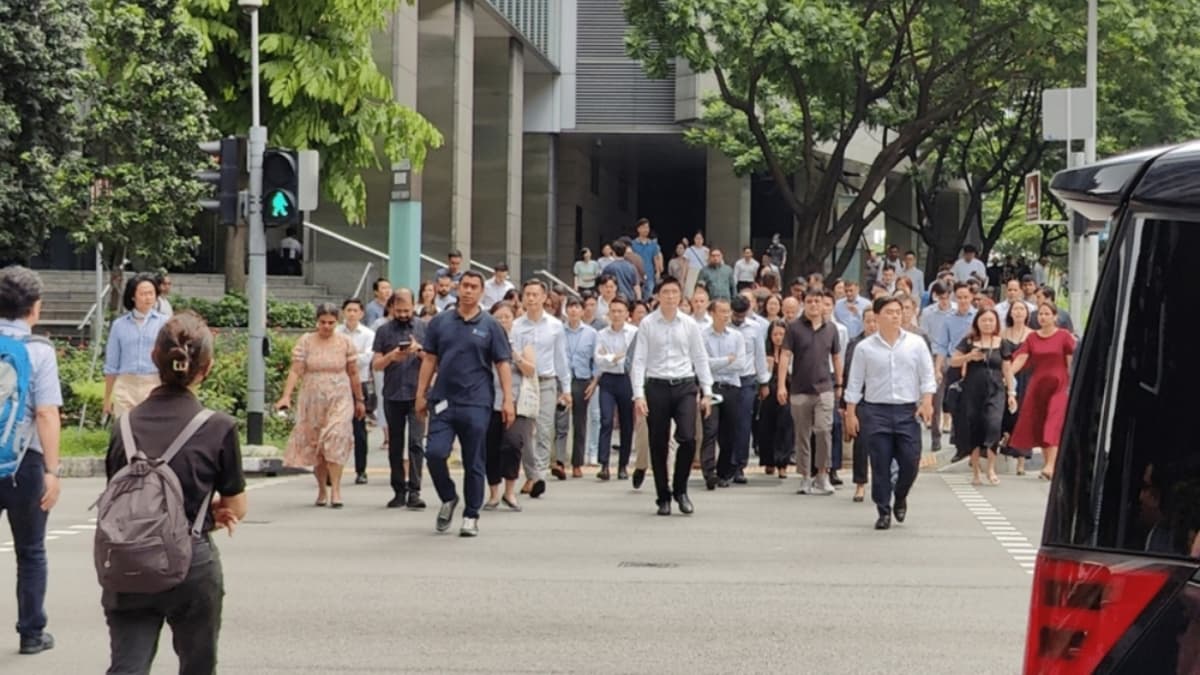
- Around 30% of full-time resident employees in Singapore earned below two-thirds of the median wage in 2024, according to Manpower Minister Tan See Leng.
- The proportion exceeds the OECD average of 13%, though cross-country comparisons may not fully account for structural labour differences.
- Despite this, real income at the lower end has risen faster than median wages from 2021 to 2024.
In response to parliamentary questions filed by Member of Parliament Patrick Tay (Pioneer SMC), Manpower Minister Tan See Leng stated that nearly one in three full-time resident employees in Singapore earned less than two-thirds of the median wage in 2024.
The figure — around 30% — was provided in a written reply issued on 15 October 2025.
The 30% low-pay incidence is based on the definition by the Organisation for Economic Co-operation and Development (OECD), which classifies workers earning below two-thirds of the national median wage as low-paid.
According to Dr Tan, this proportion is “higher than the average of 13%” across OECD countries, based on their latest available data from 2023.
Low-pay incidence is a widely used international measure of wage inequality. Under the OECD framework, it refers to the share of full-time workers earning less than two-thirds of gross median earnings. It excludes non-wage support such as government transfers or subsidies.
The indicator is intended to reflect the extent to which labour market earnings are concentrated at the lower end, and is commonly used to benchmark wage structures across advanced economies.
However, it should be noted that the figures cited by Dr Tan apply only to full-time resident employees, defined as Singapore Citizens and Permanent Residents, and exclude work permit holders.
These non-resident workers, who are concentrated in lower-wage sectors such as construction, cleaning, and food services, are likely to earn below the low-wage threshold. Their exclusion means the reported 30% low-pay incidence may not fully reflect wage inequality across Singapore’s entire labour market.
In defending the comparatively high incidence, Dr Tan suggested that cross-country comparisons may not account for wider labour market dynamics. He noted that some OECD economies with lower low-pay shares also experience “higher unemployment and lower labour force participation rates,” which he implied could mask other structural weaknesses.
Dr Tan also pointed out that lower-wage resident workers in Singapore receive additional support, such as Workfare income supplements and government transfers. These forms of assistance are not included in the OECD’s definition, which focuses solely on pre-transfer earnings.
In a separate question, Patrick Tay also requested an update on nominal basic wages by income decile. In response, Dr Tan reported that the median basic monthly income — excluding employer Central Provident Fund (CPF) contributions — was S$4,275 in 2024. Wages at the 10th percentile were S$1,860, while the 90th percentile reached S$11,066.
The full distribution reported by MOM is as follows:
-
10th percentile: S$1,860
-
20th percentile: S$2,470
-
30th percentile: S$2,914
-
40th percentile: S$3,639
-
50th percentile (median): S$4,275
-
60th percentile: S$5,136
-
70th percentile: S$6,240
-
80th percentile: S$8,051
-
90th percentile: S$11,066
These figures represent basic monthly income and do not include overtime, commissions, bonuses, or employer CPF contributions. MOM stated that it publishes gross wage data separately, which it considers a more accurate representation of total compensation.
Dr Tan claimed that despite Singapore’s relatively high share of low-paid workers, wage outcomes at the lower end have improved in recent years. From 2021 to 2024, real gross monthly income at the 20th percentile reportedly rose by 6.3% cumulatively, outpacing the 3.2% increase in real median wages during the same period.
Dr Tan attributed these gains to ongoing efforts by tripartite partners—government, employers, and unions—to uplift lower-wage workers. He cited measures such as the Progressive Wage Model (PWM), which sets minimum wages in certain sectors, and the National Wages Council’s annual recommendation for faster wage growth at the lower end.
“These efforts,” Dr Tan said, “are aligned with the tripartite ambition to uplift lower-wage workers and support their wellbeing.”
However, the data also revealed a sharp jump in wages at the top end. The income increase from the 80th to the 90th percentile was over S$3,000, or approximately 37%, compared to smaller percentage differences between lower percentiles. This sharp gradient suggests that wage dispersion at the top end of the distribution remains pronounced.


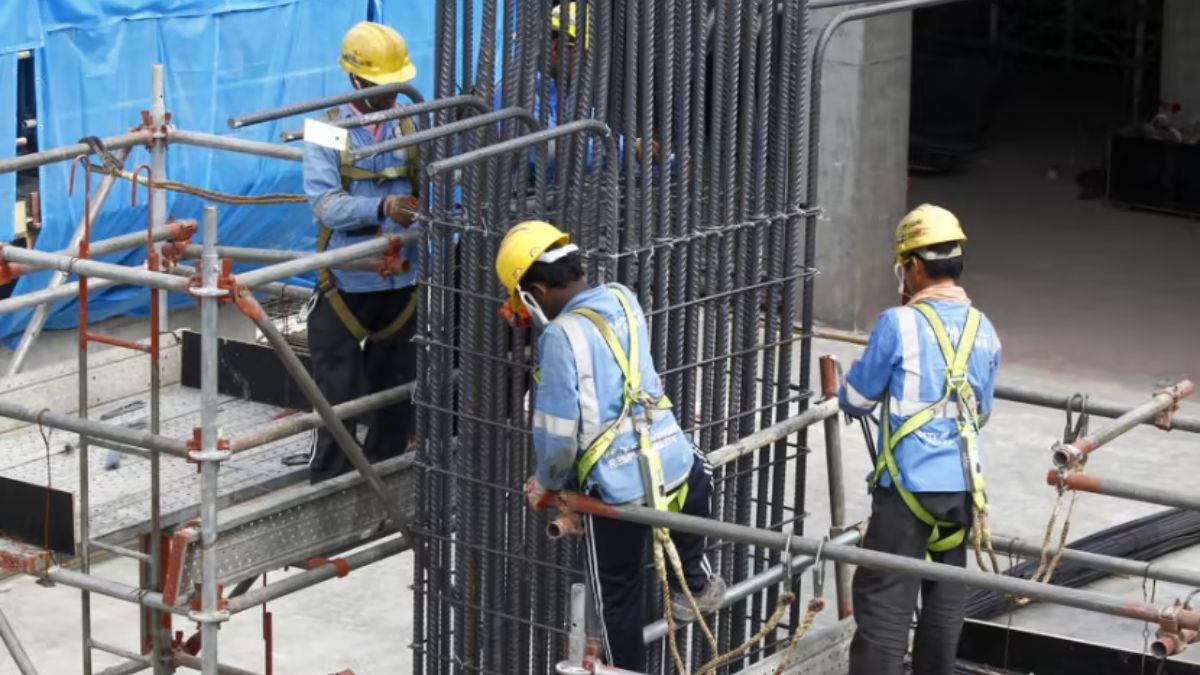
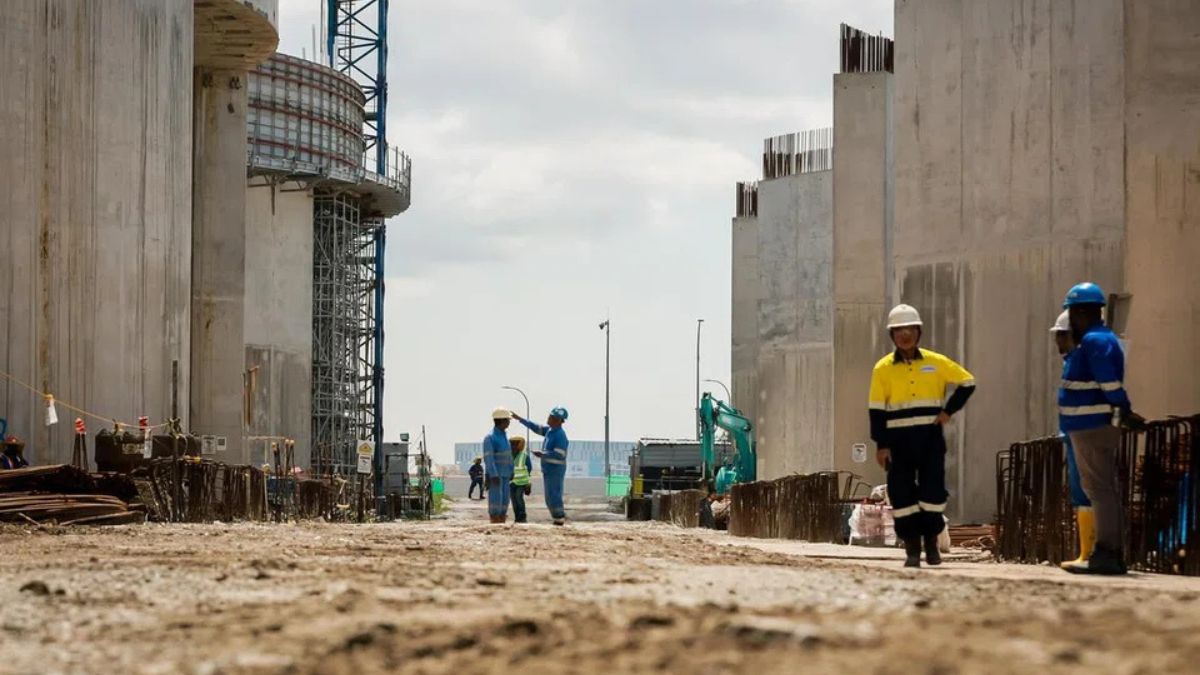
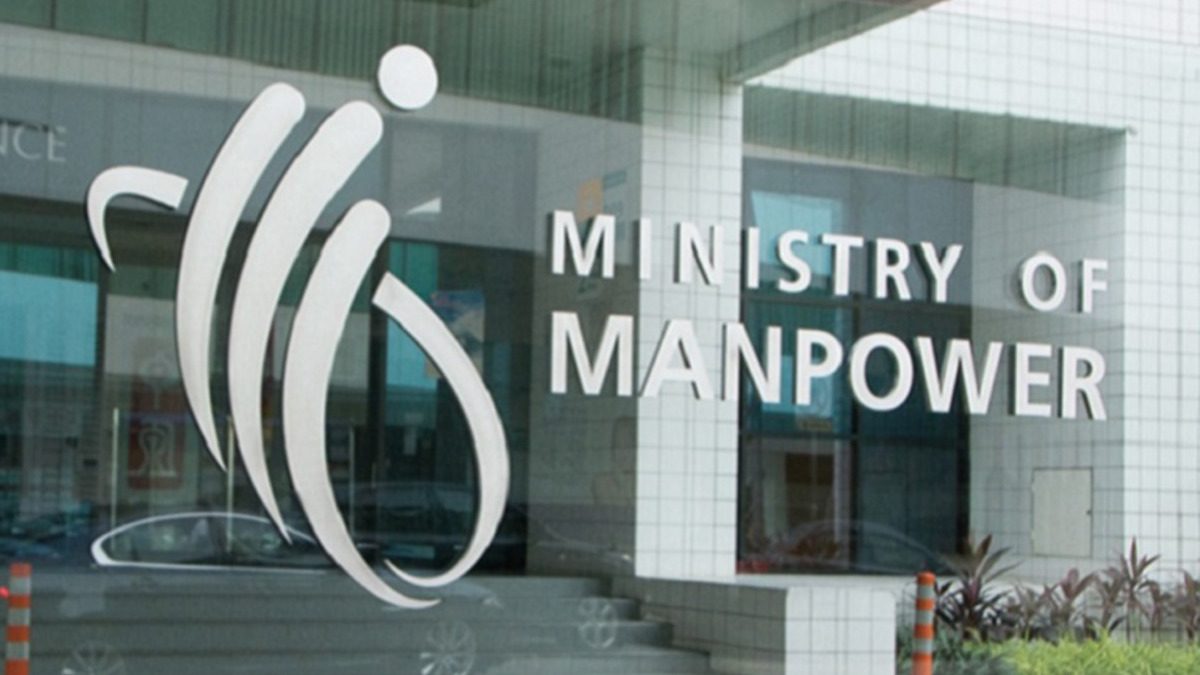
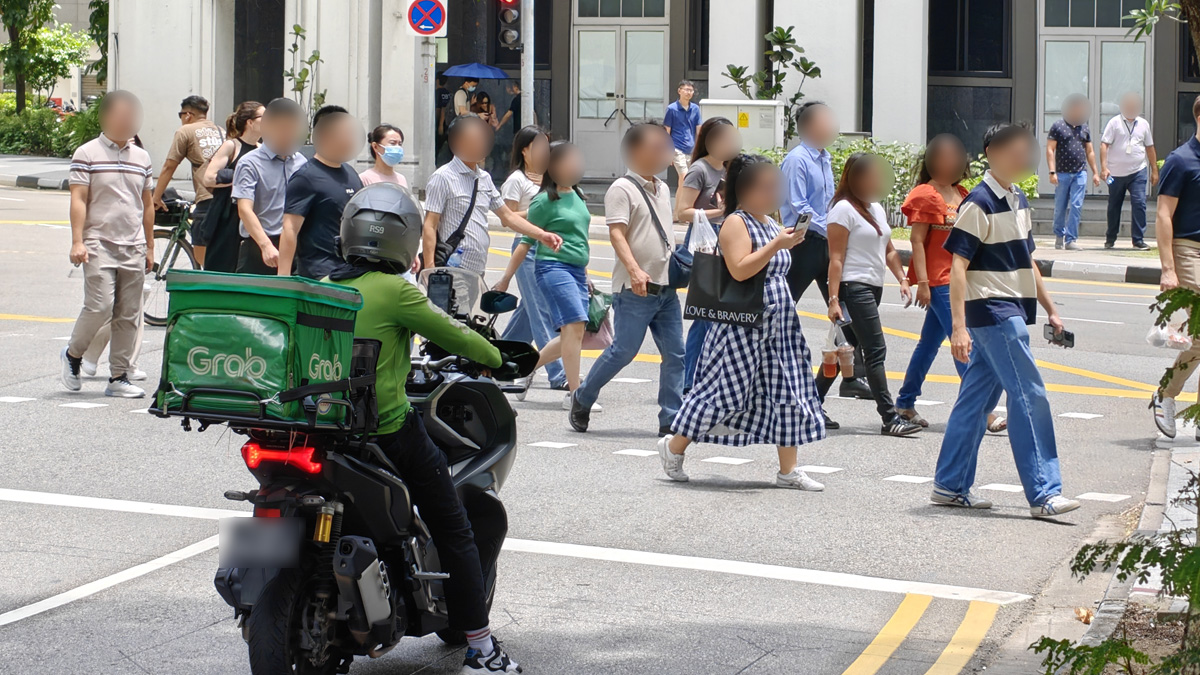


0 Comments